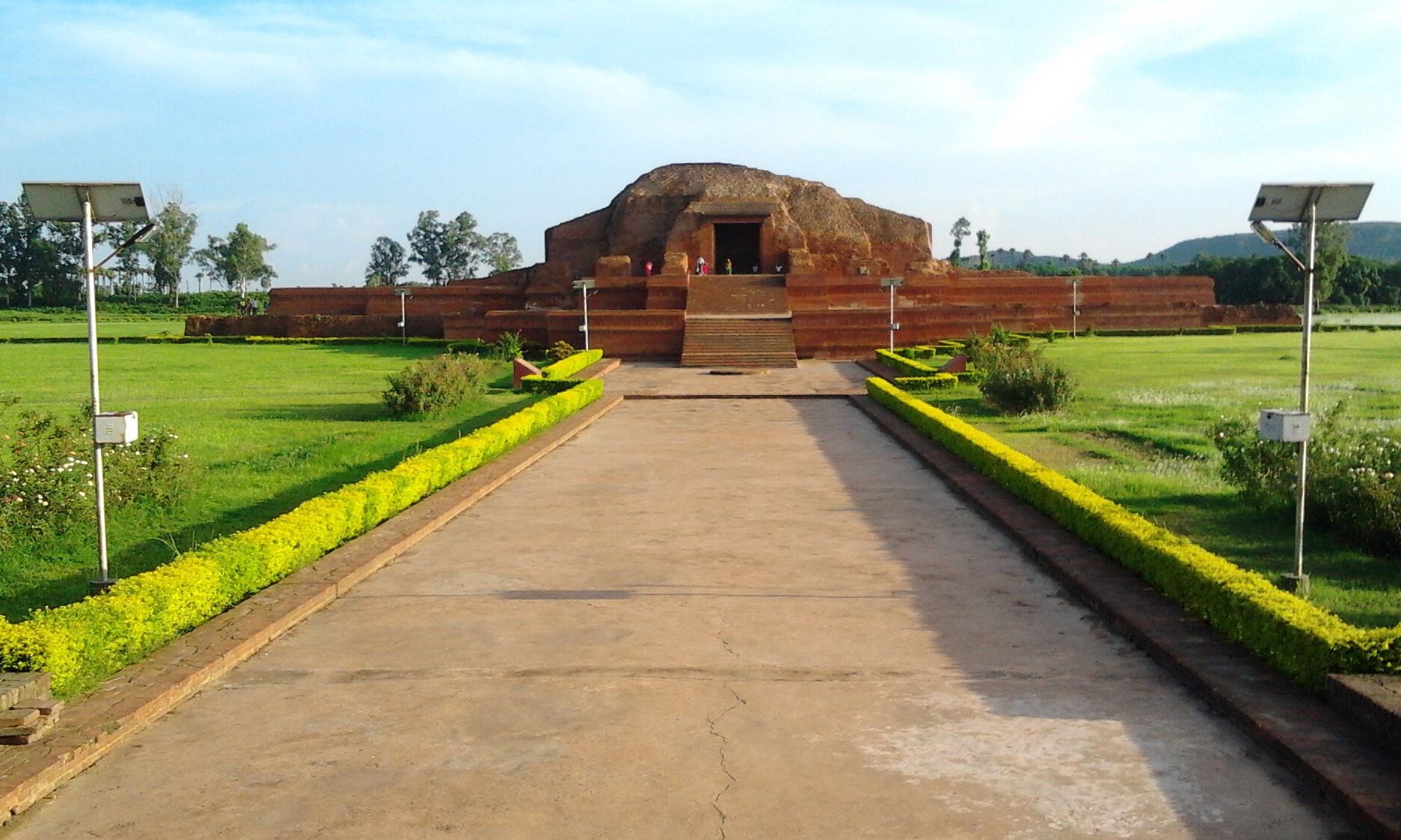In Jain mythology, it is believed that Anga was one of the 52 Janpads (States) which were established by Lord Rishabhdev. It is believed that Champapur (also known as Champapuri, Champa, Champanagari) was the capital of Angadesh (comprising Bhagalpur and Mongher).
20 Tirthankars attained salvation from Sri sammed shik har and Lord Vasupujya from Champapur and Lord Mahavir from Pawapur,Lord Adinath from Kailash and Lord Neminath from Girnar.
According to different jain books and puranas Champapur has the unique distinction of having “Samosaran vihar of all 24 Tirthankars”, thus making the soil most sacred by the presence of their Lordship and making the hearts of the masses most pure by disseminating “Divya Dhwani” , “Divine Voice” from time to time.
Further, In the literature of all the languages viz. – Shorsheni, Ardhamagadhi , Pali, Sanskrit,and Apbhrans, there is description of Champa – nagari-capital of Anga – desh as one of the important centers of religion,culture, spiritual activities. In the olden days, the kings like Kunik, chandrachhaur, Jitshatru etc.were followers of jainism.
Jain purans reveal that Lord Mahavir with Indrabhut Gautam Gandhar etc. and Jambo swami with sudharsanswami visited Champapur more than once and gave sermon to the masses. It is this sacred place where Satichandana has given Ahar to Bhagwan Mahavir.Champapur has been the most important centre of religious discourses, spiritual activities and cultural functions.
Introduction
The roots of Indian civilisation stretch back in time to pre-recorded history. The earliest human activity in the Indian sub-continent can be traced back to the Early, Middle and Late Stone Ages (400,000-200,000 BC). Implements from all three periods have been found from Rajasthan, Gujarat, Bihar, parts of what is now Pakistan and the southern most tip of the Indian Peninsula.
These Paleolithic people were semi-nomadic hunters and gatherers for many millennia. Five main races of people were in existence when the move to an agricultural lifestyle took place, in the middle of the 9th millennium BC. These were the Negrito race, the Proto-Australoid; the Mediterranean race, the Mongloids and the Alpine people.
The first evidence of agricultural settlements on the western plains of the Indus is roughly contemporaneous with similar developments in Egypt, Mesopotamia and Persia. These settlements gradually grew and the inhabitants started to use copper and bronze, domesticated animals, made pottery and began trade activities.




















